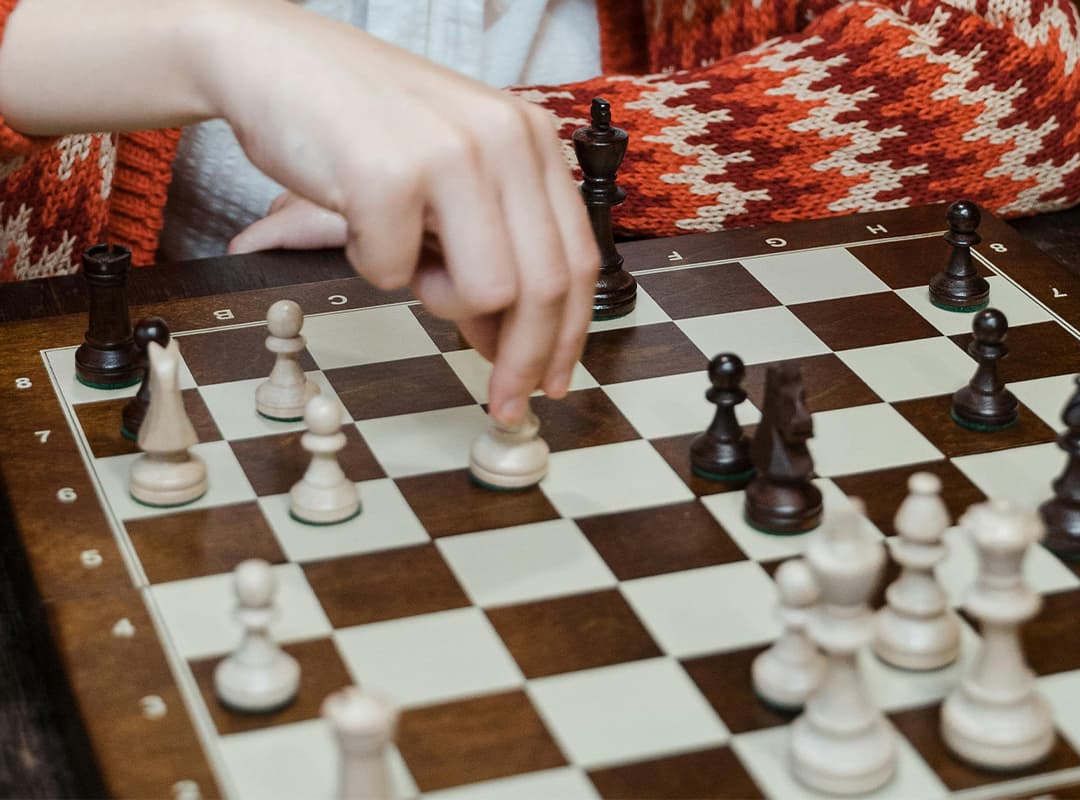Chess is a game of strategy, and one of the most crucial aspects that can set the tone for the entire match is the opening. A chess opening, or debut, is the initial phase of the game where players develop their pieces, control the center, and establish their strategies for the middle game. Understanding openings is vital for any chess player, whether you’re a beginner or an experienced competitor. This article will explore what a chess opening entails, the importance of choosing your style, and how to practice effectively using chess online computer platforms.
Understanding Chess Openings
Chess openings are generally classified into various categories based on their structure, pawn formations, and the plans they lead to. The purpose of the opening is to create a solid foundation for the middle game. Here are some key objectives of chess openings:
- Control the Center: The four central squares (d4, d5, e4, e5) are vital for establishing dominance. Controlling the center allows for greater mobility of your pieces and the ability to launch attacks effectively.
- Develop Your Pieces: During the opening, it’s essential to develop your knights and bishops to active squares. This involves moving them off the back rank and ensuring they are positioned for optimal influence over the board.
- King Safety: Protecting your king is paramount. Early castling is a common strategy to ensure that the king is safe and connected to the rooks for better coordination later in the game.
- Avoiding Premature Attacks: While it’s tempting to launch an early offensive, most openings focus on solid development and control rather than aggressive tactics.
Choosing Your Opening Style
Selecting an opening style that suits your personality and playing tendencies is crucial for developing your chess skills. Here are some common opening styles to consider:
- Aggressive Openings: If you enjoy tactical battles and sharp positions, you may gravitate toward aggressive openings like the King’s Gambit or the Sicilian Defense. These openings often lead to sharp, double-edged positions where both players have chances for attack.
- Solid Openings: For players who prefer a more methodical approach, solid openings such as the Queen’s Gambit or the London System offer a more stable structure. These openings allow for gradual piece development and a strong pawn structure.
- Counterattacking Openings: If you enjoy reacting to your opponent’s moves and capitalizing on their mistakes, consider openings like the Nimzo-Indian Defense or the French Defense. These openings often involve allowing your opponent to overextend, creating opportunities for counterplay.
- Unconventional Openings: For those looking to surprise their opponents, unconventional openings like the Grob Opening (1.g4) or the Orangutan (1.b4) can catch your opponents off guard and lead to uncharted territory.
Practicing Your Openings
Once you’ve chosen an opening style, it’s important to practice it regularly. Online platforms provide an excellent opportunity to engage with various openings against chess online computer opponents. Here’s how you can effectively practice your chosen openings:
- Play Practice Games: Use online chess platforms to play games focusing on your selected openings. Try to stick to the principles of your chosen opening and avoid deviating from them, even if the position becomes tricky.
- Analyze Your Games: After each game, take the time to analyze your opening moves. Use analysis tools available on most chess platforms to see where you might have strayed from optimal lines and to learn from your mistakes.
- Study Opening Theory: Familiarize yourself with key lines and variations of your chosen openings. Many online resources and videos can provide insights into popular opening strategies and traps to watch out for.
- Simulate Different Scenarios: Use the chess computer to set up specific opening positions and play out different responses. This can help you understand the various outcomes based on your initial moves and how to respond effectively.
Chess openings are a foundational aspect of the game, setting the stage for strategy and tactics in the middle game. By understanding what a chess opening entails and thoughtfully choosing a style that resonates with your playing tendencies, you can enhance your overall performance on the board.
Regular practice against chess online computer opponents allows you to refine your opening repertoire, analyze your moves, and adapt your strategies. As you develop your understanding of openings, remember that flexibility is key—being open to adapting your style based on your opponent’s moves can lead to greater success in your games. Embrace the journey of exploring chess openings, and watch your skills flourish as you gain confidence and proficiency in this essential aspect of the game.



